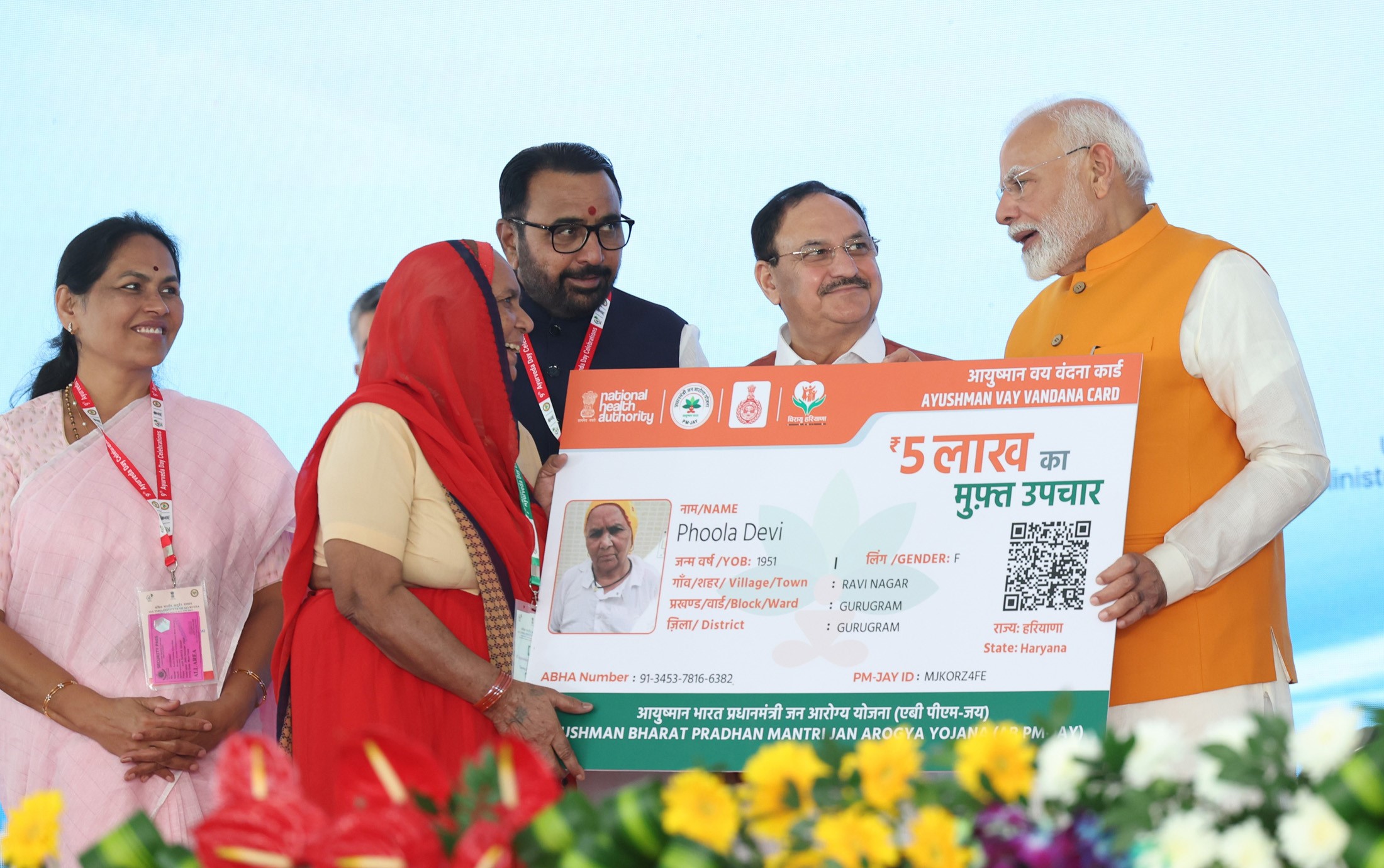India is on track to meet its target of spending 2.5% of GDP on healthcare, including clean water and sanitation, by 2024-2025, despite the central government’s allocation falling short of 0.8% of GDP. Last year, state governments increased their healthcare expenditure to 1.58% of GDP, bringing the combined total to 2.13% of GDP.
Public healthcare spending encompasses health and family welfare, Ayush, research, and water supply and sanitation. The central government’s contribution was just 0.58% of GDP, with nearly half allocated to water and sanitation. Notably, funding for family welfare has decreased to 0.26% of GDP from 0.28% in the 2018-19 budget.
This decline in family welfare funding is troubling, as these funds support national health programs and public health infrastructure. Experts caution that while investment in clean water is crucial for health, it cannot replace the need for robust public health systems. Excluding water and sanitation, healthcare expenditure has consistently declined, both as a percentage of total government spending and GDP.
The National Health Policy of 2017 recommended that government healthcare spending reach 2.5% of GDP by 2025. A roadmap was presented in 2018 to achieve this within seven years, starting from an expenditure of 1.4% of GDP.
Although central health funding from 2018-19 to 2023-24 fell short by ₹1.5 lakh crore, state spending exceeded plans by ₹3.6 lakh crore. State allocations increased from 1.25% to 1.58% of GDP over this period, with their healthcare spending rising from 7.5% to 8.8% of total expenditure, surpassing the 8% target set by the National Health Policy 2017.
However, in the last year, states have reduced their health system spending from 75.3% in 2018-19 to just under 70% in 2023-24. The overall high expenditure is sustained by investments in water and sanitation. Spending varies significantly among states. Uttar Pradesh, Odisha, Bihar, Jharkhand, and Haryana have exceeded the 8% target, while Kerala, Tamil Nadu, and Karnataka lag behind.
















